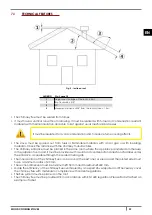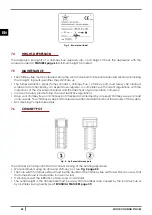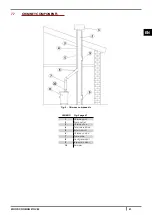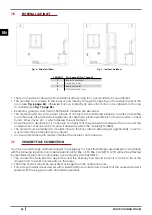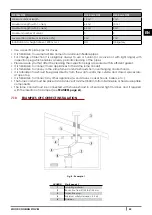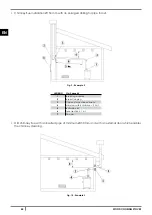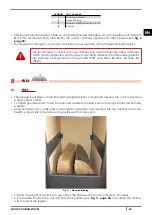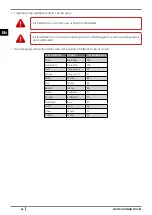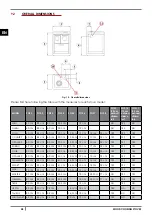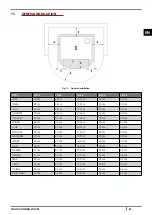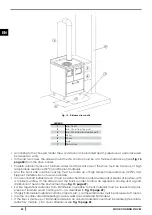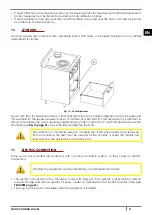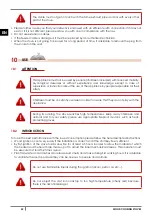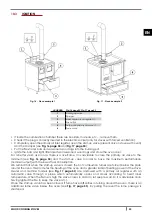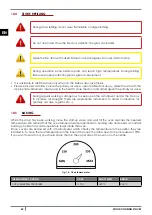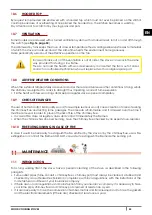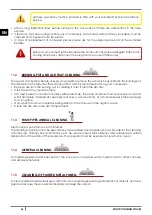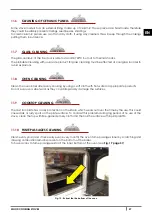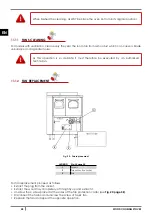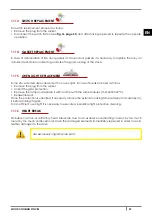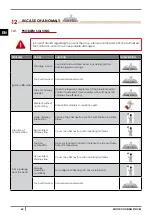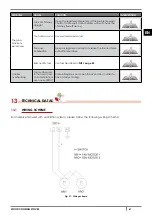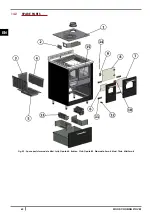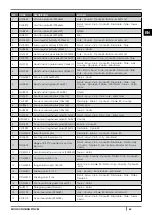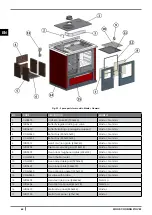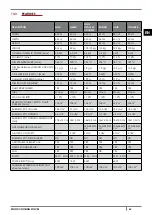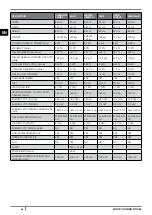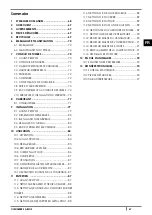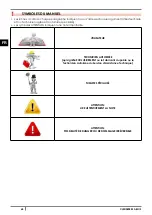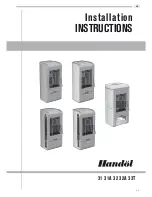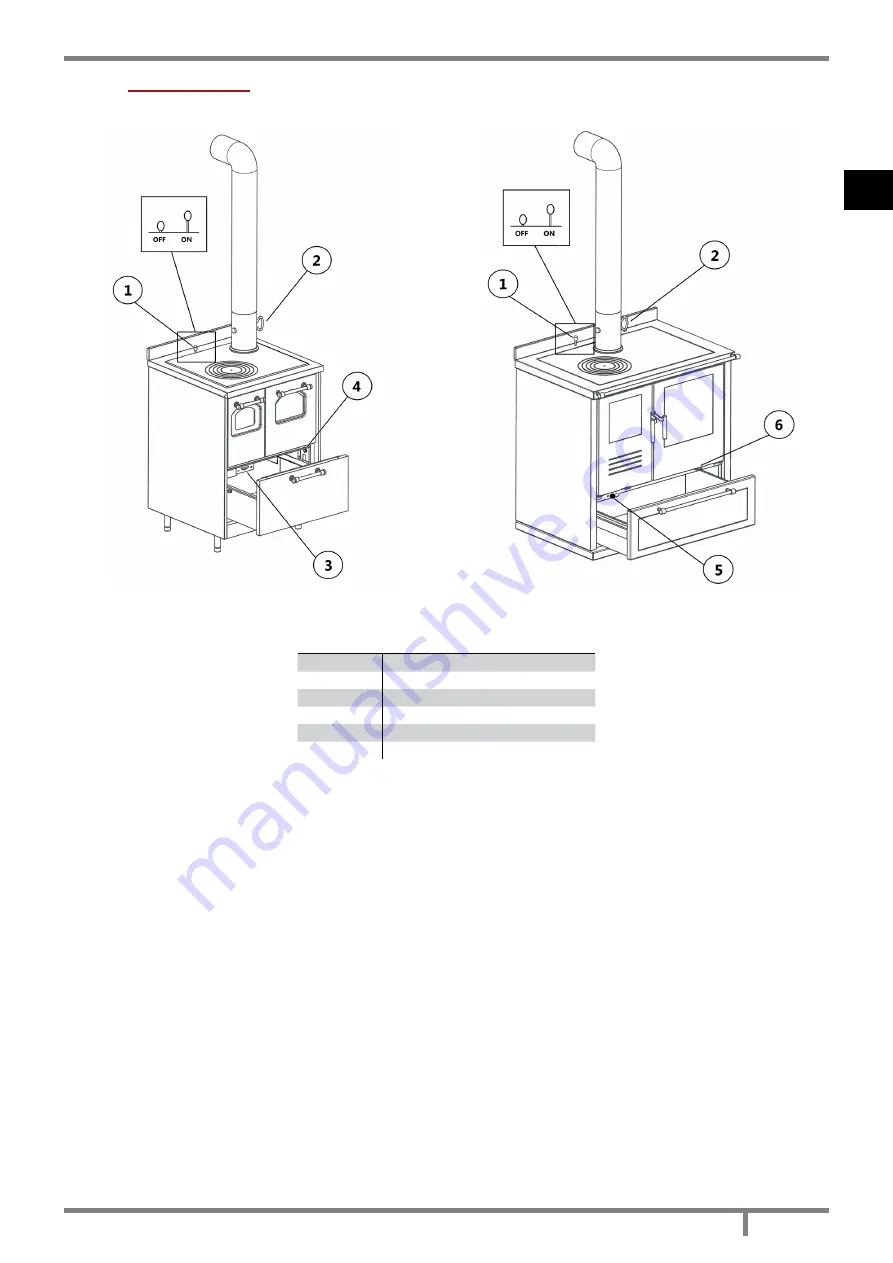
53
WOOD COOKING STOVES
EN
10.3
IGNITION
Fig. 16 -
Stove example 1
Fig. 17 -
Stove example 2
LEGENDA
Fig. 16 page 53 Fig. 17 page 53
1
Starting-up valve
2
Damper
3
Manual primary air re/-
4
Fan switch
5
Automatic primary air valve +/-
6
Fume valve
• If inside the combustion chamber there are booklets, manuals, etc..., remove them.
• Check if the plug is correctly inserted in the electric socket (only for stoves with forced ventilation).
• Completely open the primary air inlet register, open the start-up valve (present only on stoves with oven)
).
•
Put the fire-starter bars and seasoned wood logs into the burning pot.
• Ignite the bars and right after insert well seasoned wood logs and close the oven door.
For a better yield, as soon as there is a live flame, iti is advisable to close the primary air valve to the
) and the start-up valve in order to have the maximum performance
(nominal output) with the lowest fuel consumption.
We remind that when the start-up valve is closed, the hot combustion fumes are forced below the plate
around the oven, this promotes the heating of the oven and a greater radiant heating power of the stove.
Master and Gemma models (see
) are andowed with a primary air register woth an
automatic valve through a probe which automatically opens ond closes according to heart inner
temperature. When the flame is high the valve closes in order to let seep less air. So it is advisable once
having ignited the fire to keep the valve at (-).
Once the start-up valve has been closed, if fume have difficulties in turning around the oven, there is an
additional fume valve below the oven (see
), by pulling the lever the fume passage is
shortened.

